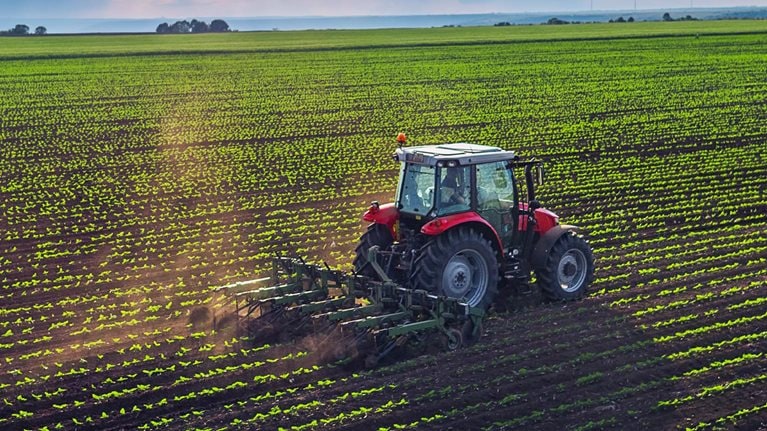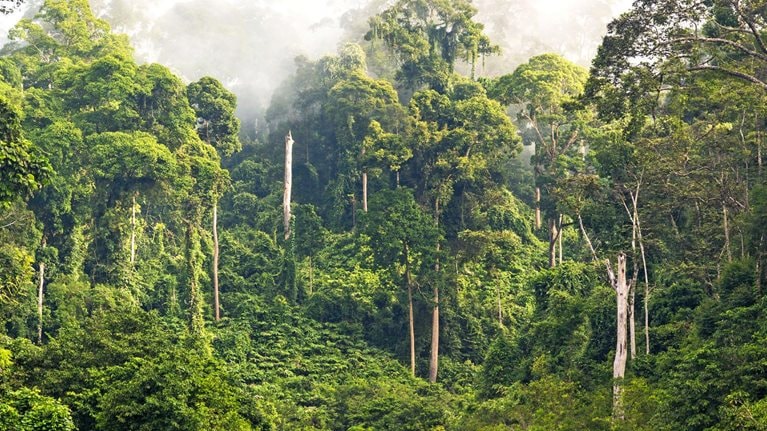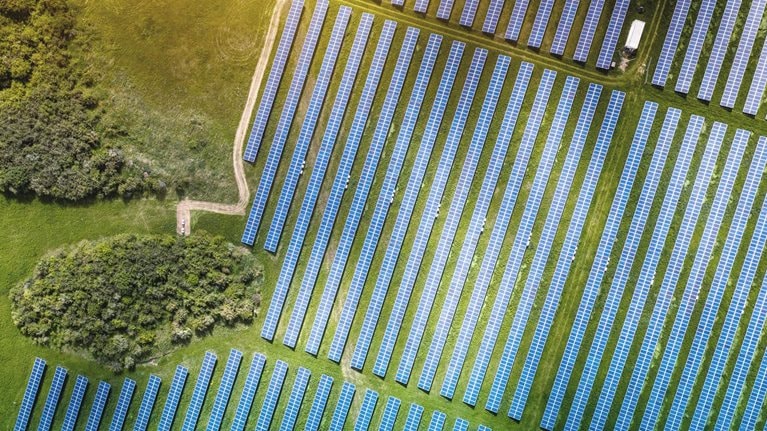In this edition of Author Talks, McKinsey Global Publishing’s Gwyn Herbein talks with climate investor Siddarth Shrikanth about his new book, The Case for Nature: Pioneering Solutions for the Other Planetary Crisis (Duckworth Books Ltd., Spring 2023). Shrikanth argues that cutting emissions isn’t going to be enough to achieve net-zero goals. We also need to invest in protecting our natural assets and building a closer relationship to the planet. An edited version of the conversation follows.
Why did you write this book?
This notion of natural capital, which has been in academic circles for decades, hasn’t gotten through to our readership. I was looking for a book I thought I could give to friends and colleagues to try to explain natural capital, and I couldn’t find one.
I thought it might help to write something aimed at a general audience—tell stories from across the world to bring this idea and academic framework to life. We’ve done a good job of communicating the urgency of the climate crisis, but climate change as a sector is something you can build businesses and careers on. So it was almost learning from the success of the climate movement to bring the biodiversity crisis to the forefront as well.
What is your case for nature?
On one hand, there’s the kind of economic case for nature, and there are lots of different business models that we can build around protecting and restoring nature. This is everything from better agriculture and better forestry to carbon markets and protecting and restoring nature for the purposes of carbon removal. Also, ecotourism and urban greening are economic reasons for protecting nature, and both offer ways to adapt existing business models to better protect nature and bring it back to our cities. All of them have clear economic rationales behind them, and that can be powerful.
But there’s also a separate intrinsic, moral, spiritual case for nature, which I think we often forget. Tying those two things together is why I ended up calling the book The Case for Nature.
How can we learn to be specific about language?
The first thing I say is climate change and biodiversity are deeply intertwined and linked. Putting in place better agricultural models is an important way to stop climate change. Having said that, I think there is a difference: biodiversity is much more complex. It’s all the living things we share this planet with.
Part of what the biodiversity crisis is about is making space for nature, both within protected areas and outside of them. And that includes our cities. In the book, I have a chapter on urban greening and the ways in which bringing nature into our cities can make them more livable. I have a chapter about agriculture, so bringing nature back into our working lands, and how that can help both restore food production and food security and make space for nature.
Part of what the biodiversity crisis is about is making space for nature, both within protected areas and outside of them. And that includes our cities.
How do we measure progress on solving the biodiversity crisis?
The biggest thing we’ll need to get to better measurement, monitoring, and verification is better policy. One of the things I noticed as I wrote this book is we’re seeing amazing leaps in what technology can do for us. It means we can monitor and measure ecosystems with unprecedented precision. Ultimately, we need better government policy to defend against greenwashing and to enforce some of these standards. It’s easy to forget that all the sophisticated financial markets we have today are underpinned by government regulation.
Carbon markets, or biodiversity markets, can be an important way to test ideas and innovate. At some point, we do need to shift to regulation to end up in the world we need.
Lots of countries are exploring putting nature on their national balance sheets. What that really means is valuing the natural capital they hold. That includes a number of countries in the developing world that have made amazing progress in protecting and restoring nature and recognizing natural capital.
Was there anything that surprised you in the writing and the response?
I got my MBA at Stanford University, and I expected to find amazing technological innovations there. But what I found is there were people across the world, including in places that you wouldn’t expect, who were at the cutting edge of what I call nature-first business models.
What I tried to do in the book is highlight stories from half of the planet: Kenya, Fiji, India, as well as the UK, the US, and Colombia. I was surprised—in a positive way—by the sheer breadth of some of the stories I was able to tell.
How can business leaders revamp their climate change strategies and adopt a forward-thinking approach?
We currently do value natural capital; we just value a very small sliver of it. We use nature for things like agriculture, where we deplete the soils, or for timber or fisheries.
But I think we need two shifts. One shift is to broaden the definition of what “value” is. Things like carbon storage, pollination, nutrient cycling, and water quality and quantity are things the economy currently doesn’t value.
The second mindset shift we need to make is in our relationship to nature. We can draw on a range of indigenous world views as we reflect on what sort of relationship we want with nature. But all of them point to a basic truth: the less separate we can be from nature, the easier it becomes to incorporate the broader range of nontangible values.
The less separate we can be from nature, the easier it becomes to incorporate the broader range of nontangible values.
The more we can do that, the easier some of these shifts become. I do think we can hold both those nuances in our minds. On one hand, we need to work within the system to protect and restore nature and build economic business models around it. On the other hand, we need to recognize that natural capital can only capture a portion of nature’s value. But there’s a lot more we should cultivate, including building a close, more meaningful relationship with nature.
What makes you optimistic about the path forward?
The one thing that makes me optimistic is nature is part of the conversation in a way that it wasn’t before. I began as a conservation biologist over a decade ago, and at the time it felt like biodiversity was something for academics and NGOs [nongovernmental organizations]. We’re seeing that shift begin. I’m optimistic that businesses, governments, entrepreneurs, and investors are increasingly talking about the role of nature in their portfolios and their policies.
One of the big shifts we’re seeing is people who’ve learned and developed skills in other sectors are beginning to bring their skills and expertise to nature. They’re building businesses, working in government, or just communicating the urgency of this crisis in a way that we haven’t seen before.
There’s something very human about wanting to be out there in the world. And it doesn’t have to be in far-off, fancy locations. It can be as simple as taking a walk in a park. But we often don’t stop to reflect on our relationship with nature. So adding those two pieces up, the economic and the intrinsic, was my thinking around building what I call a case for nature.
There’s both the systemic piece that we can be a part of and the individual piece in our own lives that is increasingly powerful in a world where we feel so dislocated.
It can be as simple as creating space for nature wherever you live, getting involved in activism, and volunteering, just the things that build connection. There’s both the systemic piece that we can be a part of and the individual piece in our own lives that is increasingly powerful in a world where we feel so dislocated.
Did the pandemic help connect more people to nature?
One of the great benefits was that people were able to stop and reflect. One of the outcomes of that was a greater appreciation for nature and the outdoors. We can build on some of that momentum as we evolve back to our normal lives, by and large.
The reason I say, “the economic case for nature,” and not just, “the business case for nature,” is an economic logic that underpins many of these business models. But it’s not necessarily the private-profit case for nature. It’s absolutely true that in some cases you can build high-growth start-ups and large companies. But it’s also true that city governments can save a ton of money on healthcare costs by bringing nature back into cities.
But those public goods are worth something as well. I highlight a number of community-based ecotourism models, for example, where there isn’t a ton of private profit. What you do get is good, steady employment in remote places for local communities who steward those landscapes for a very long time.



